Stereotyped Love: Which Molds Are Breaking And Which Are Holding Firm
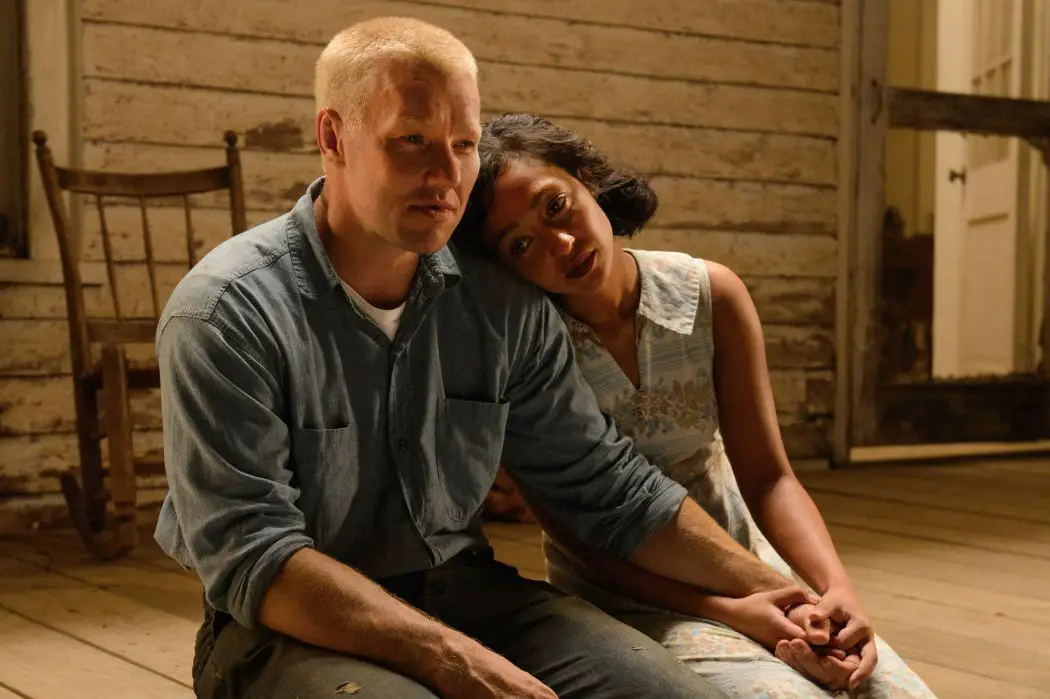
Alex is a film addict, TV aficionado, and book lover.…
The world moves pretty fast. If you don’t stop and look around once in a while, you could miss how quickly we redefine the standards of a loving relationship. It wasn’t long ago that anything outside of a heterosexual, same race couple with kids and a dog was considered unusual, and films have done a commendable job of including the different ways that relationships now look like.
Unfortunately, the representation of non-traditional characters tend to follow comfortable stereotypes, and now that the cultural conversation about attraction and sexuality is embracing more spectrum-based definitions, these prototypes are feeling more and more archaic. The idea of defining a person or a character by any one trait, be it age, race, sexual orientation, or gender, is no longer progressive.
Moving film representation forward means breaking from these stereotypes, but some seem more set than others. Since today’s Valentine’s Day, now is as good a time as any to slow down and look at the way films have been moving representations of love forward and where a nudge is needed.
Aging In, Not Out
Films are awfully infatuated with the young, leading to the cinematic myth that people age out of being interesting. Think about the last time you saw someone well into or past middle age in a movie, and chances are they were in the background of a protagonist’s life. It’s hard to find movies that are actually about the aged among us, nevertheless ones that take their worries and joys seriously.
One of the most widespread wrongs is the tendency to sanitize older characters, whittling down their personalities to types or punchlines. The idea that they could be in a loving, problematic, or, gasp, sexual relationship is ignored, and unfortunately the films recognizing these possibilities are still the exception rather than the rule.
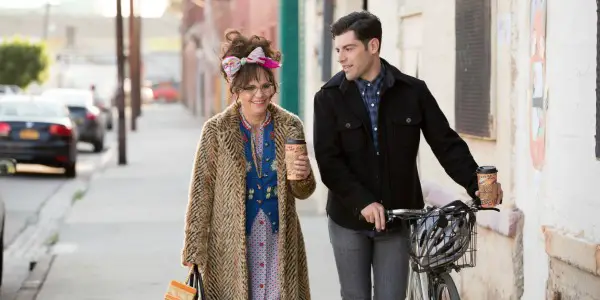
However, bright spots do exist, and they’re infiltrating an array of movie genres. The influence of The Best Exotic Marigold Hotel shouldn’t be underestimated, spawning a sequel and a handful of other comedies with Hollywood stalwarts at their center. Robert De Niro stared in the horrendous misfire Dirty Grandpa this past year, and if there’s anything positive to say about that movie, it’s that De Niro is apparently still considered a viable lead for raunchy comedies. A more quality example would be the yearnings of Sally Field in Hello, My Name is Doris, but both films play into the idea that it’s unexpected for older characters to have these desires.
Taking sexuality and relationships seriously is easier to do when the film’s not constantly making jokes, so it’s in dramas, particularly non-American material, where we’ve been getting more complex portraits. A Man Called Ove and Elle still have comedic elements, but Ove takes the heartbreak of a lifelong relationship ending very seriously, even if it is filtered through a cranky old man stereotype. Elle is its own beast entirely, taking its rare example of a successful, sexually open older woman and stuffing in so many critiques of female representation that it borders on being uncomfortable.
The best recent examples we’ve had are from traditional dramas, particularly the slow-releasing prestige pictures 45 Years and Aquarius. In both, the age of the characters is essential to the story, but instead of that being a limiting factor, their memories and experiences balloon their movies into something very rich and deeply felt. The relationship at the center of 45 Years is about as complicated as you can get, and Aquarius doesn’t shortchange Sonia Braga in any regard. These are the types of films you hope to get about any character, and their appeal is not at all limited by the demographic of their leads.
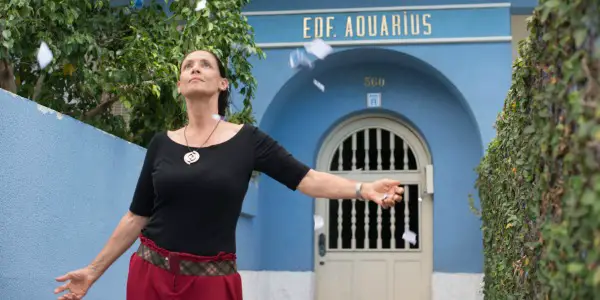
Now, looking over the films I’ve pointed out, you may notice that these characters are predominantly heterosexual, cisgendered, and white. An unfortunate side effect of underrepresentation is monotone examples, and in the struggle to get older people on film, the characters that make it through production are normally the ones that fit into the dominant sociological group of the country producing the film. It’s perhaps this even more than flat characters that show how far we need to go, because the rainbow of this demographic is not being utilized.
LG Overshadowing BTQIA
The ever-expanding acronym for those falling outside of a traditional sexual orientation and/or gender identity make it hard to get a handle on the community’s representation, especially since examples are still utterly lacking for many people. Bisexual erasure is still a massive problem, with only one fictional character, the love interest Kevin from Moonlight, being pointed out by the GLAAD media awards as an accurate portrait of bisexuality for 2016 U.S. releases. This dearth of characters extends to queer, intersex, and asexual people to the extent that their absence in film is the stereotype. Including these characters in media is essential to getting over the first hurdle: widespread understanding of these identities, and from there the battle for true equal representation can begin.
Sitting in the middle of ignorance and acceptance is the transgender community, which has experienced blossoming representation in recent years. The initial story lines for these characters were the usual tortured assertions of reality, meaning that the transgender character existed to assert that their gender identity was real and valid. This is the basic premise of The Danish Girl, which nabbed a supporting actress award for Alicia Vikander at the 2016 Academy Awards but was widely criticized for being stilted.
The film, while not being a big step forward for representation itself, marked a massive shift in how these characters are viewed as protagonists. It’s no longer enough for their story to be exclusively about their gender identity and sexuality, especially at the exclusion of every other aspect of their personality. People are ready for more complex portraits, and while these have largely been exclusive to television so far, they should be showing up on the big screen very soon.
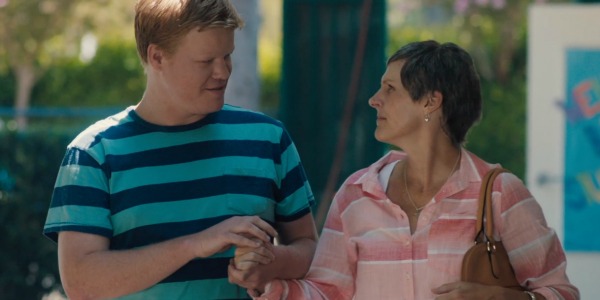
Now onto more heartening examples from this group, as the proliferation of gay and lesbian characters continue to take large strides forward. There was a time when they were limited to tortured assertions and side characters as well, but now gay and lesbian characters in otherwise dominant sociological groups have moved past those tropes, at least in independent films.
2016 saw gay and lesbian characters at the center of stories where their relationship circumstances were not the primary focus, such as the dramedy Other People and the ensemble comedy The Intervention. Their relationships were portrayed as being steady, troubled, or healthily ended; in other words, all over the board. The Handmaiden even got them into an erotic thriller without feeling exploitative, at least in relation to the film’s hyperbolic tone.
The myriad of ways that gay and lesbian relationships are now seen on screen is drawing tantalizingly close to true inclusion, but there’s still struggles for these characters to be seen in blockbusters and for racial and religious minorities to get the same level of representation. Moonlight has been an awards season success, but as is commonly pointed out in reviews, it’s a glimpse at black gay lives that’s rarely seen in American cinema.
That movie and the much smaller films Spa Night and Naz & Maalick, which follow Korean-American and Muslim gay men, feature characters still stuck in the battle for self-acceptance, and the fact that these films are seen as progressive sheds light on the different standards we have for gay characters that also fall into other minority groups.
But progress is being made, and as the LGBTQIA community gains more outspoken members and allies, the push for widespread inclusion is getting results. For now, though, most of these characters remain in familiar boxes.
Interracial Relationships Become Standard-Bearers
Thanks to Jeff Nichols’ emblematically titled film Loving, interracial relationships were pushed to the center of the love is love argument in 2016. While most filmmakers would’ve focused on the court case that made interracial couples legal in America, Nichols instead made the film a simple, intimate look at Richard and Mildred Loving’s relationship, and the truth of their rock-solid love spoke louder than any gavel. But for all its power, Loving is still a film defined by persecution, and true, blind representation was achieved by a different film.
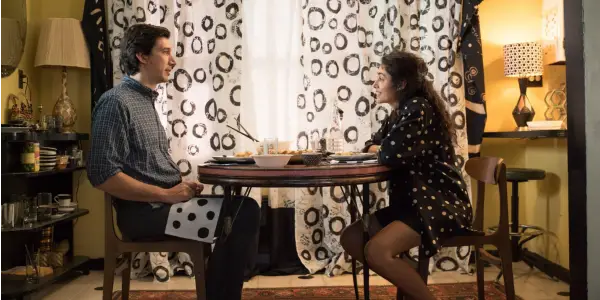
Paterson is a movie that thrives on the mundane, using the life of a content bus driver/secret poet to show how small things enrich everyday life. There is, by intent, supposed to be nothing very remarkable about his world, and yet he and his wife are played by Adam Driver and Golshifteh Farahani. The fact that this couple is interracial is never commented upon nor does it interrupt the film’s mundanity.
The fact that Paterson was able to incorporate a minority couple, to give them joys and annoyances, and to have them be emblematic of everyone’s life, is a true example of shedding stereotypes. The film is rarely even pointed out as having an interracial relationship, and with films like Loving and A United Kingdom still making a big deal out of their minority couples, it’s unlikely that Paterson’s example will become the standard. And yet, seeing a couple like them fade into the milieu of life is worth celebrating because that’s true, undefined love.
Conclusion
Few films are able to achieve what Paterson did without using a standard couple, and the relationships that deviate from the norm still struggle to find an equal place onscreen. Progress is marching on, though, and as we continuously reevaluate how these groups are presented, there will always be bright spots that exemplify what we should be pushing towards next.
What is your favorite movie relationship? Let us know in the comments!
Does content like this matter to you?
Become a Member and support film journalism. Unlock access to all of Film Inquiry`s great articles. Join a community of like-minded readers who are passionate about cinema - get access to our private members Network, give back to independent filmmakers, and more.
Alex is a film addict, TV aficionado, and book lover. He's perfecting his cat dad energy.













